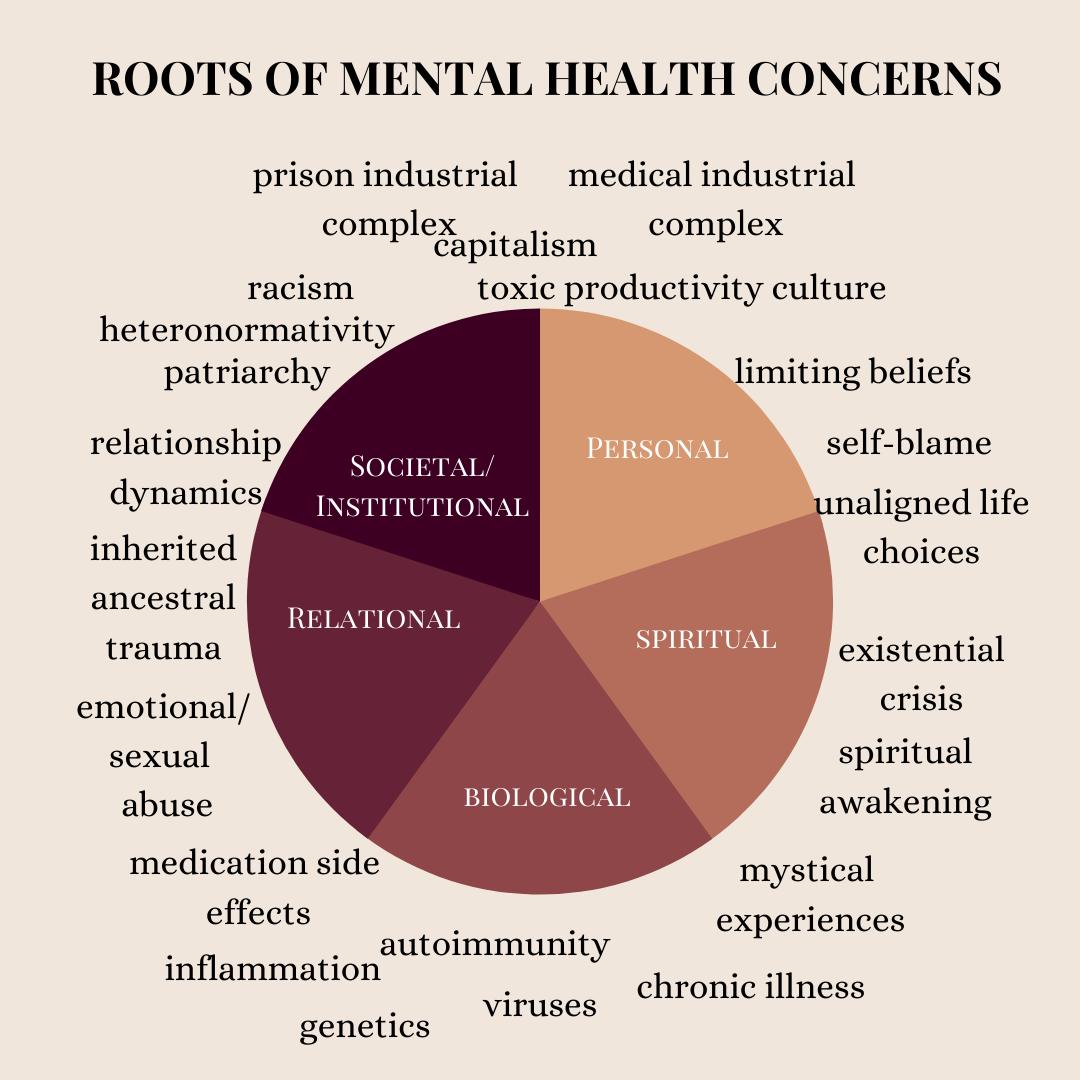
Protect Yourself Top Health Tips for COVID-19 Prevention
Introduction: Prioritizing Safety in Uncertain Times
As the COVID-19 pandemic continues to impact communities worldwide, it’s crucial to prioritize your health and take proactive measures to protect yourself and others from the virus. In this article, we’ll explore top health tips for COVID-19 prevention to help you stay safe and healthy during these challenging times.
Practice Good Hand Hygiene
One of the most effective ways to prevent the spread of COVID-19 is by practicing good hand hygiene. Wash your hands frequently with soap and water for at least 20 seconds, especially after being in public spaces, touching surfaces, or coughing/sneezing. If soap and water are not available, use hand sanitizer with at least 60% alcohol to disinfect your hands thoroughly.
Wear a Mask in Public
Wearing a mask is a simple yet effective way to protect yourself and others from COVID-19. When in public spaces or areas where social distancing may be difficult, wear a mask that covers your nose and mouth snugly. Choose masks made of multiple layers of breathable fabric and avoid masks with valves, as they may not provide adequate protection.
Practice Social Distancing
Social distancing remains crucial in preventing the spread of COVID-19. Maintain a distance of at least 6 feet from others, especially in crowded or enclosed spaces. Avoid large gatherings, parties, and events where social distancing may be challenging to maintain. Opt for outdoor activities whenever possible, as outdoor spaces generally have better ventilation and lower risk of transmission.
Stay Informed and Follow Guidelines
Stay informed about the latest COVID-19 guidelines and recommendations from trusted sources such as the Centers for Disease Control and Prevention (CDC) and the World Health Organization (WHO). Follow local regulations and guidelines regarding mask-wearing, social distancing, and other preventive measures. Stay updated on vaccine availability and eligibility criteria in your area.
Clean and Disinfect Frequently-Touched Surfaces
Frequently-touched surfaces such as doorknobs, countertops, light switches, and electronic devices can harbor germs and viruses, including COVID-19. Regularly clean and disinfect these surfaces using EPA-approved disinfectants. Pay special attention to high-touch areas in your home and workplace to reduce the risk of transmission.
Avoid Touching Your Face
Avoid touching your face, especially your eyes, nose, and mouth, as this can transfer the virus from contaminated surfaces to mucous membranes and increase the risk of infection. If you need to adjust your mask or touch your face, wash your hands thoroughly with soap and water or use hand sanitizer before and after.
Prioritize Mental and Emotional Well-being
The COVID-19 pandemic has taken a toll on mental and emotional well-being for many individuals. Prioritize self-care and practice stress-relief techniques such as meditation, deep breathing exercises, yoga, or engaging in hobbies and activities that bring you joy. Stay connected with friends and loved ones virtually to maintain social support networks.
Maintain a Healthy Lifestyle
Maintaining a healthy lifestyle is essential for supporting your immune system and overall well-being during the COVID-19 pandemic. Eat a balanced diet rich in fruits, vegetables, whole grains, lean proteins, and healthy fats. Stay physically active with regular exercise, adequate sleep, and hydration to boost immunity and reduce stress.
Stay Vigilant and Adapt
As the situation with COVID-19 continues to evolve, it’s essential to stay vigilant and adapt to changing circumstances. Stay informed about local outbreaks, variants, and public health recommendations, and be prepared to adjust your routine and behaviors accordingly. By staying proactive and following these top health tips for COVID-19 prevention, you can protect yourself and contribute to the collective effort in combating the spread of the virus. Read more about health tips for covid 19












